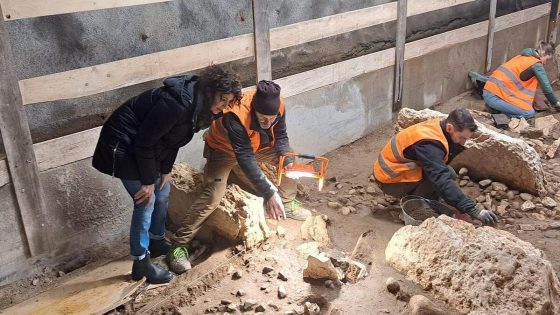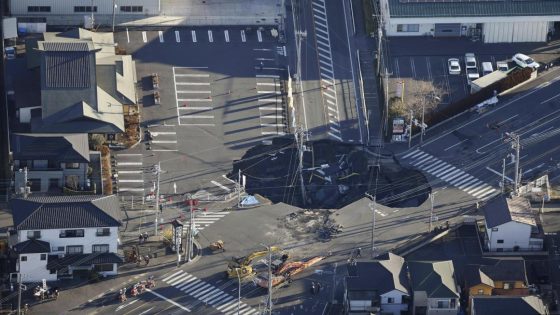Italian archaeologists have uncovered a monumental necropolis in Trento, dating back to the early Iron Age, provincial officials announced this month. The ancient cemetery contains at least 200 tombs, providing new insights into the region’s history.
- Monumental necropolis discovered in Trento, Italy
- Dates back to early Iron Age (9th-6th centuries B.C.E.)
- Contains at least 200 individual tombs
- Graves include "grave goods" and cremated remains
- Discovery reveals Trento's pre-Roman history
- Archaeologists suggest links to Etruscan civilization
The necropolis was found during restoration work on a historic building in Trento, led by the city’s archaeological heritage office. The site is believed to date back to between the 9th and 6th centuries B.C.E., a period before Roman influence. The discovery includes graves filled with grave goods, indicating the social status of those buried there.
Key details of the necropolis include:
- At least 200 individual tombs discovered.
- Graves located approximately 8 meters (24 feet) underground.
- Artifacts include decorative objects, weapons, and items made from amber and glass.
Francesca Gerosa, the vice president and provincial councilor of culture in Trento, emphasized the importance of this find in revealing a more complex history of the city beyond its Roman past. The burial rituals and grave goods suggest connections to other Italic groups, potentially influencing the rise of the Etruscan civilization in the Alps. The arrangement of limestone pillars marking individual graves indicates the cultural practices of the society that inhabited the Trento basin.
This discovery of the necropolis in Trento not only highlights the region’s ancient history but also underscores the significance of archaeological research in uncovering the past. The findings provide a glimpse into the lives and customs of a society that thrived long before Roman influence took hold.

































